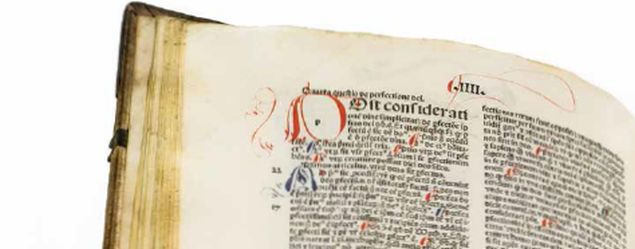
Commentaries on the Exhibit’s Works
Files
Download Commentary (192 KB)
Description
A brief commentary prepared by Elizabeth Mackay, PhD, Lecturer, English, on the following work:
William Shakespeare
Comedies, Histories, and Tragedies
1632; Second Folio
Permission Statement
This item and all others in the Imprints and Impressions collection are licensed for research, educational and private use. Proper attribution must be used when downloading or reproducing this content. If you wish to use the materials for other purposes, please contact University of Dayton Libraries to obtain permission: 937-229-4221.
Contents of Streaming Media
Ari Friedlander, assistant professor of English, discusses what the publication of William Shakespeare’s Second Folio meant for the publishing industry in Renaissance England.




Comments
The mere existence of the First Folio of William Shakespeare’s work is remarkable; to assemble it, actors John Heminges and Henry Condell collected quartos and loose manuscript editions of Shakespeare’s plays, relying on other actors in their company to build the volume from memory from the lines they had performed.
The First Folio of 36 plays, half of which had never been published, was an expensive and exhaustive venture, but the gamble paid off; printed seven years after Shakespeare’s death, it sold out, necessitating a second printing, seen here, in 1632, and subsequent printings in 1663, 1664, and 1685.
The Second Folio is an affirmation that Shakespeare was a bestseller in his own time and following his death; it also tells us that Shakespeare’s work, even in this expensive format, was a “must-have” for early modern readers—not just the cultural elite.